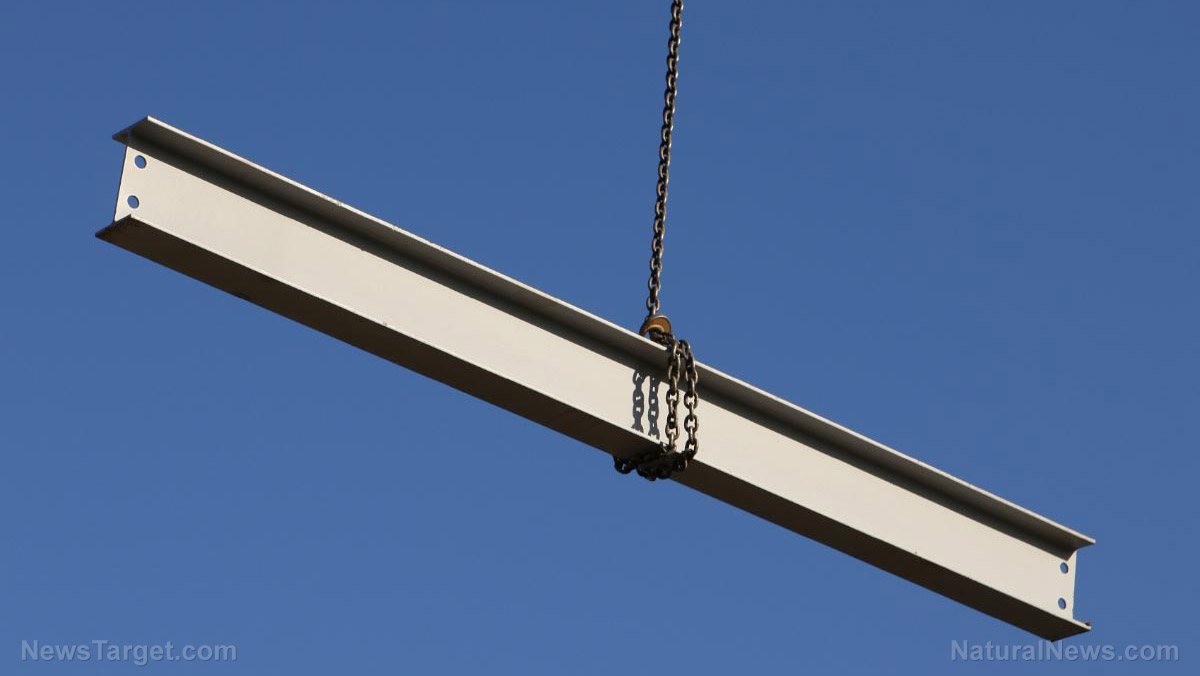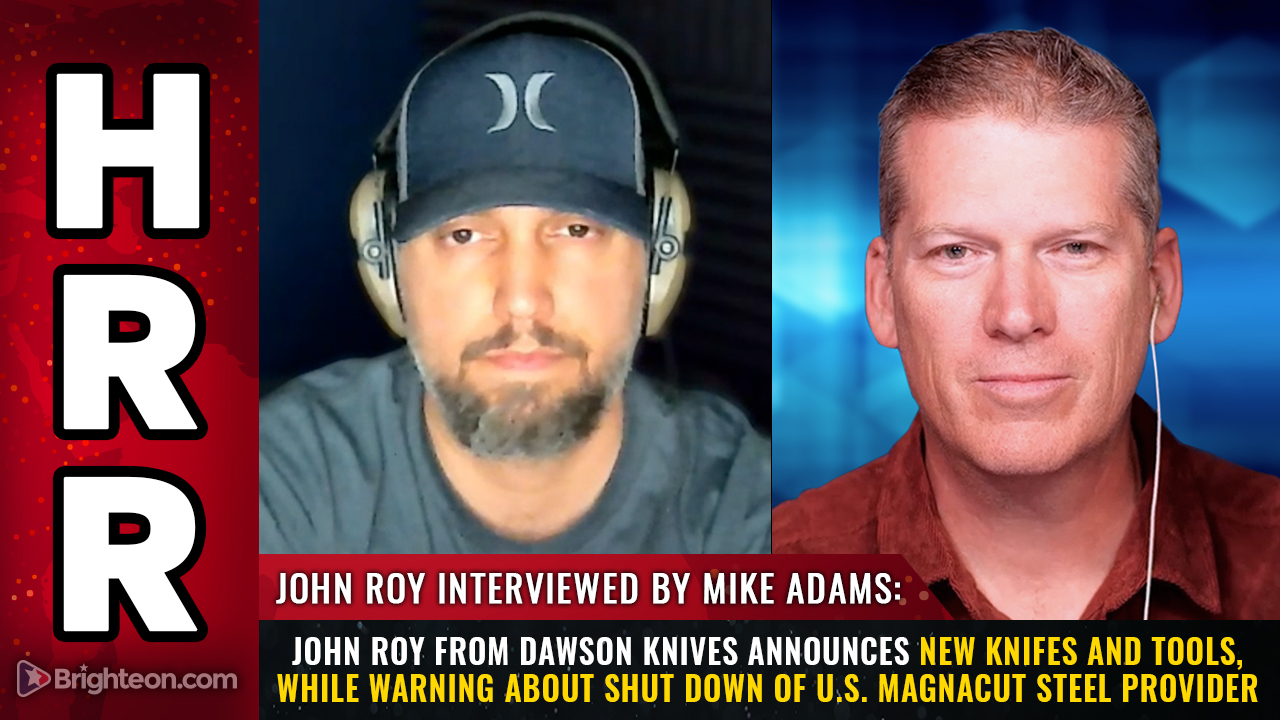 Parler
Parler Gab
Gab
- President Donald Trump doubled steel and aluminum tariffs to 50 percent effective June 4, via an executive order signed two days earlier. The move aims to counter foreign competition, particularly China's dominance in global metal production.
- Domestic steel producers praised the tariffs, while allies like Canada and the EU condemned them. Economists warned of inflationary pressures and past losses ($3.4B annually) for steel-consuming industries.
- The tariffs revive Trump's protectionist policies, building on 2018's Section 232 tariffs (25 percent on steel, 10 percent on aluminum) that framed imports as a national security threat.
- U.S. steel stocks (e.g., Cleveland-Cliffs) surged, but critics highlighted unresolved challenges like energy costs. Canada vowed retaliation, calling the tariffs an "attack" on its industries.
- Proponents cite reshoring benefits (e.g., Nippon Steel's $14B U.S. Steel acquisition), while critics fear supply chain disruptions and higher consumer prices. Trump framed the policy as key to U.S. energy and industrial independence.
Steel stocks surge as Trump doubles down on tariffs
Domestic steel producers celebrated the decision. Kevin Dempsey, president of the American Iron and Steel Institute, hailed the move as necessary to combat Beijing's "flooding" of global markets. "This tariff action will help prevent new surges in imports that would injure American steel producers and their workers," Dempsey said in a statement. He noted that Chinese steel exports hit 118 million metric tons in 2024, more than all North American production combined. Stock prices for major U.S. steelmakers, including Cleveland-Cliffs and Nucor, surged following the announcement of the doubled tariffs. But not all industry voices were supportive, however. The Aluminum Association warned that tariffs alone won’t solve structural challenges, such as energy costs and scrap supply shortages. Economists echoed concerns, with the Tax Foundation noting that steel-consuming industries lost $3.4 billion annually from 2018 to 2021 due to tariff-driven price hikes. The geopolitical fallout was swift – with Canada, the largest supplier of steel and aluminum to the U.S., condemning the measure as an "attack on Canadian industries and workers." Canadian Prime Minister Mark Carney vowed to protect communities affected by the tariffs. Meanwhile, the European Commission pledged countermeasures, calling the tariffs "disruptive." The policy's long-term impact remains uncertain. On one hand, proponents argue it will spur reshoring, citing Nippon Steel's recent $14 billion acquisition of U.S. Steel and pledges to modernize American mills. On the other hand, critics warn of supply chain bottlenecks and higher consumer costs. Yet for Trump, the calculus is clear. "We're going to produce our own metal, unleash our own energy and secure our own future," he declared on Truth Social. As the global trade war intensifies, one thing is certain – the stakes for American industry have never been higher. Visit Metals.news for more similar stories. Watch automotive expert Lauren Fix explaining why President Donald Trump's steel deal is a boon to the automotive industry in this clip. This video is from the TrendingNews channel on Brighteon.com.More related stories:
U.S. companies rush to reshore manufacturing as Trump tariffs reshape global trade. Trump warns of harsher tariffs on Canada, EU if they try to harm U.S. economy. Trump announces 25% tariffs on steel and aluminum to protect U.S. industries. Trump announces 25% tariffs on Mexico and Canada, effective February 1. Sources include: TheEpochTimes.com WhiteHouse.gov Steel.org Brighteon.comGerman industry sheds over 100,000 jobs in a year, automotive sector hit hardest
By Laura Harris // Share
Dawson Knives warns of U.S. MagnaCut steel crisis: Prices to soar 80% as sole supplier shuts down
By Finn Heartley // Share
Miller: LA Mayor “explicitly” threatening MORE “mob violence” and “insurrection”
By News Editors // Share
U.S. begins evacuating personnel from Middle East amid fears of Israeli attack on Iran
By Cassie B. // Share
Carbon capture’s flawed foundation: DOE evidence buried in Biden EPA’s climate policy overreach
By Willow Tohi // Share
China’s $1.5 trillion housing gamble: Can cheap loans spark a market rebound?
By Willow Tohi // Share
Governments continue to obscure COVID-19 vaccine data amid rising concerns over excess deaths
By patricklewis // Share
Tech giant Microsoft backs EXTINCTION with its support of carbon capture programs
By ramontomeydw // Share
Germany to resume arms exports to Israel despite repeated ceasefire violations
By isabelle // Share










